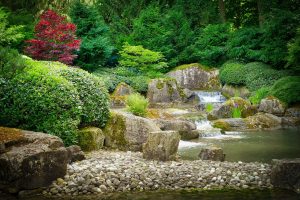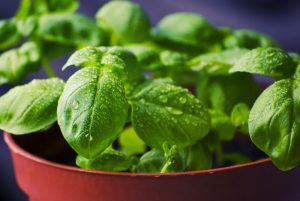Creating a charming and thriving shade garden can be both a delightful and fulfilling endeavor, especially in the beautiful state of Michigan. With its lush forests, rolling hills, and diverse ecosystems, Michigan provides the perfect backdrop for a variety of shade-loving plants. Whether you have a modest garden in your backyard or a more expansive landscape, incorporating shade plants can enhance the beauty of your space while providing critical habitat for wildlife.
In this post, we’ll explore several remarkable shade garden plants native to or well-suited for Michigan, offering you the knowledge and inspiration needed to start your own shaded haven.
Woodland Phlox (Phlox divaricata)
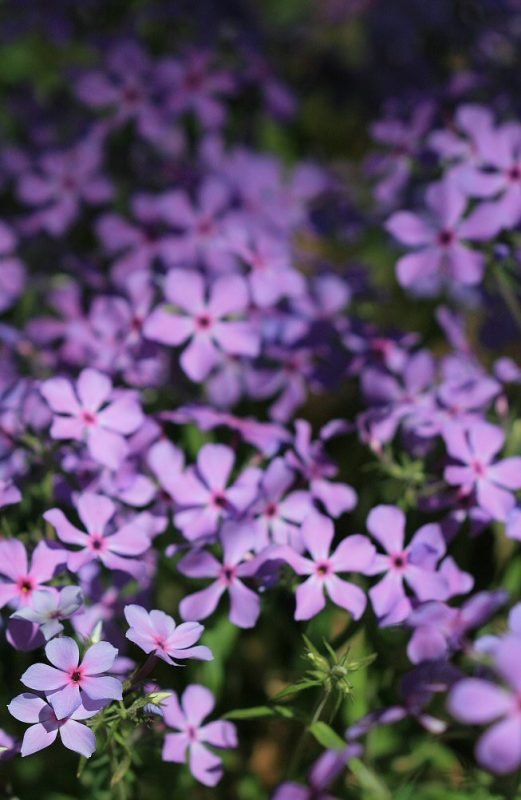
Starting off our exploration of shade-friendly plants is the stunning Woodland Phlox. With its vibrant clusters of fragrant flowers, ranging from pale blue to deep purple, this native perennial brings a rush of color to shaded spaces. Woodland Phlox typically blooms in spring, attracting butterflies and other pollinators to your garden.
This plant prefers moist, well-drained soil and can thrive in a variety of light conditions—though dappled sunlight is ideal. Woodland Phlox can be used as a ground cover, thanks to its spreading nature, during the warmer months. It combines well with other shade dwellers and can create a carpet of color beneath taller trees that cast gentle shade.
Pagoda Dogwood (Cornus alternifolia)
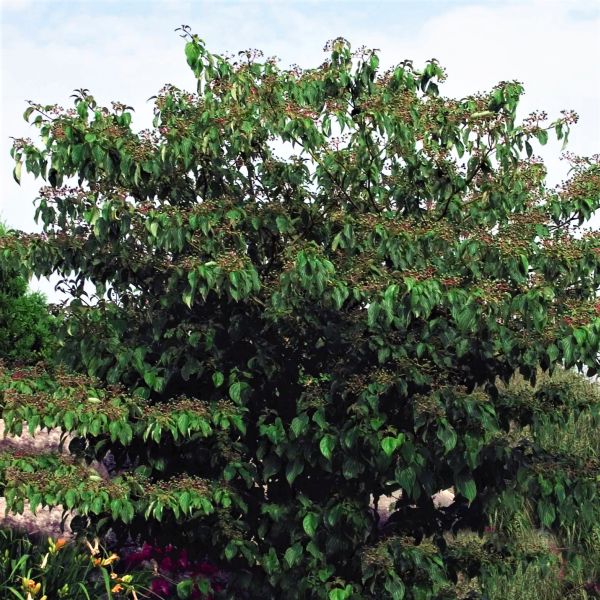
For larger areas or as a standout specimen in your landscape, consider the Pagoda Dogwood. This small tree or large shrub has a unique tiered branching structure that not only adds visual interest but also provides a pleasant, dappled shade. In the spring, Pagoda Dogwood is adorned with clusters of small, creamy white flowers that transition into beautiful blue-black berries in the summer, providing sustenance for birds and wildlife.
Pagoda Dogwood prefers moist, well-drained soil and can tolerate a range of soil types, making it versatile. It thrives in partial to full shade, making it an excellent choice for those darker corners in your garden. Its elegant foliage and interesting form make it a valuable asset to your shaded landscape.
Maidenhair Fern (Adiantum pedatum)
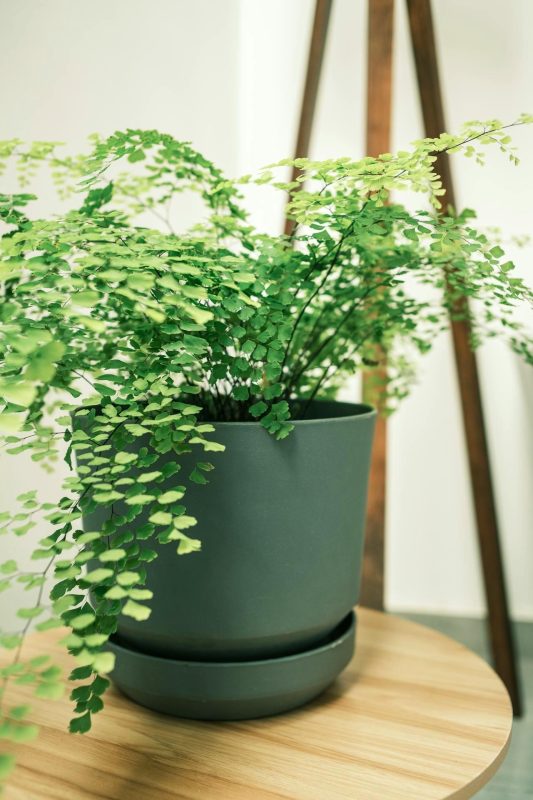
If you’re looking to incorporate ferns into your shade garden, the Maidenhair Fern is a superb choice. With its delicate, lacy fronds and striking appearance, this fern thrives in moist, well-drained soils rich in organic material. It naturally grows in woodlands and is adept at bringing a touch of grace and softness to the garden.
Maidenhair Fern prefers light to full shade and is known for its ability to thrive in environments with high humidity. By planting this fern near streams or in areas of your garden that tend to retain moisture, you’ll create an appealing contrast against other more colorful flowers. Its unique texture adds dynamism to your shade garden and works beautifully when paired with other lush plants.
Bottlebrush Grass (Elymus hystrix)
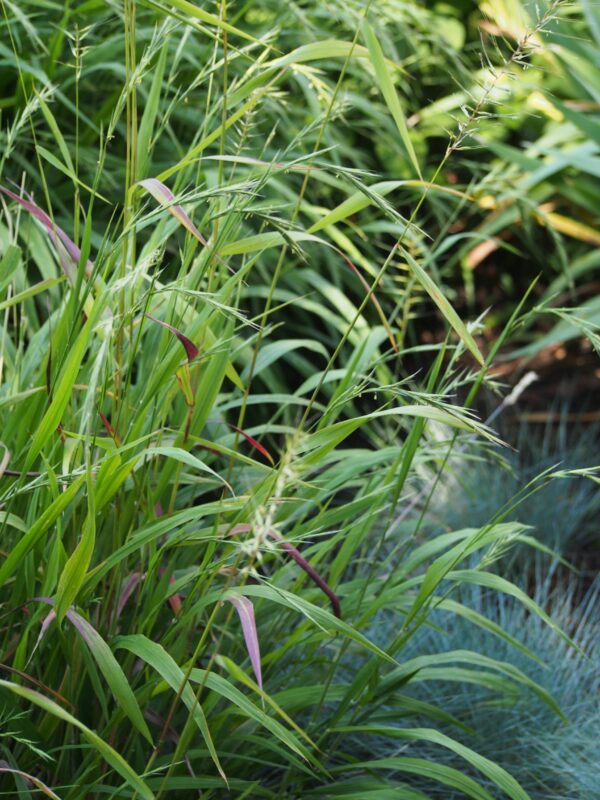
Shifting towards ornamental grasses, the Bottlebrush Grass is a native species that brings motion and texture to the shade garden. With its distinctive bottlebrush-like flower spikes, this grass adds an airy feel to shaded areas. Its fine texture and arching leaves create a gentle visual effect, reminiscent of a natural meadow.
Bottlebrush Grass prefers moist, well-drained soils and is often found in wooded areas. This grass can tolerate shade and partial sunlight, making it extremely adaptable. Its drought-resistance once established is a bonus, as it requires less maintenance while still providing fantastic habitat and cover for small wildlife.
Wild Geranium (Geranium maculatum)
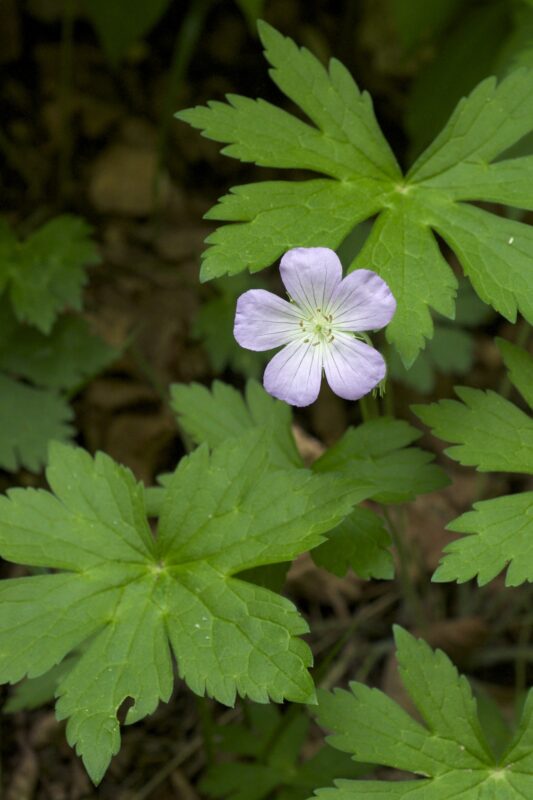
Adding color and charm to your Michigan shade garden is the Wild Geranium, a perennial that flourishes in treed settings. With its delightful purple to blue flowers, often speckled with darker markings, Wild Geranium blooms from late spring to early summer, bringing life to those dreary shaded spots.
This plant is tolerant of a variety of soil types, preferring well-drained, moist environments that allow it to establish successfully. Wild Geranium’s foliage can provide a striking contrast to other plants, especially ferns, making it a fantastic option to fill in spaces in your garden. Additionally, it requires minimal maintenance and can spread to create an enchanting mass of blooms.
Large-flowered Trillium (Trillium grandiflorum)
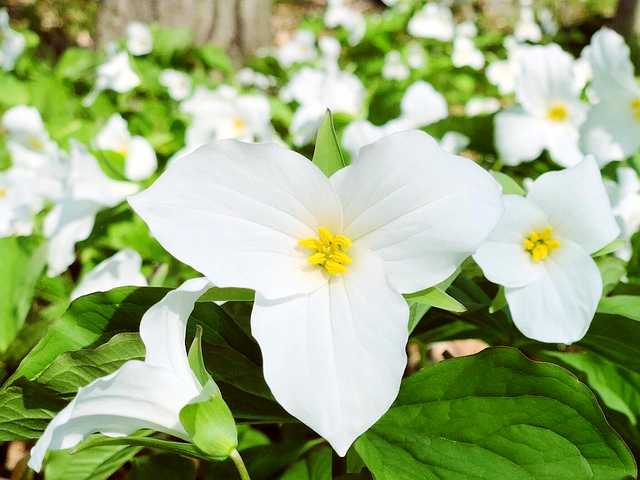
If you want to include a native wildflower with significant cultural importance, look no further than the Large-flowered Trillium, Michigan’s state wildflower. With its iconic three-petaled white flowers that mature to shades of pink, this plant creates a memorable and breathtaking display in shaded woodlands.
Large-flowered Trillium tends to prefer well-drained, rich soils with sufficient moisture, but they can adapt to slightly dryer conditions. Primarily a spring bloomer, it inspires admiration from the moment it emerges early in the season. As it takes a few years to establish from seed, consider planting them in groups for a more significant impact while allowing your blooming display to flourish.
Jack-in-the-Pulpit (Arisaema triphyllum)
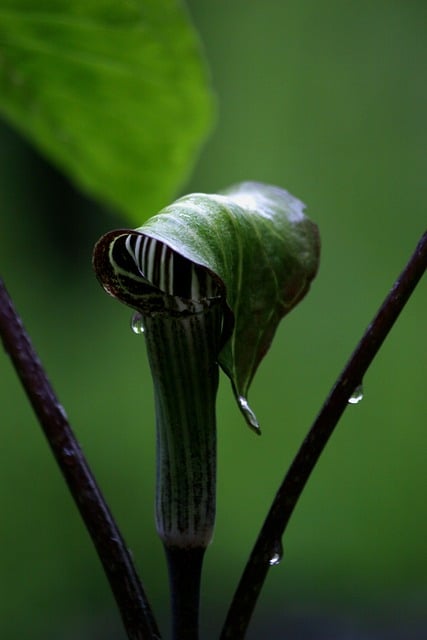
Jack-in-the-Pulpit is a fascinating addition to any shade garden. This plant showcases a unique inflorescence shaped like a hooded pulpit, which emerges in lush green surroundings. The green striped appearance of the spathes gives it an exotic touch and can intrigue any curious gardener.
This perennial is moist soil-loving, thriving in shaded areas of the forest. It prefers to grow in organically rich soil and does well in wet conditions, making it suitable for rain gardens or more naturalistic landscapes. Wildlife, particularly pollinators, is drawn to its unique structure for nesting and feeding, while its dramatic foliage adds an unmistakable element of intrigue.
Virginia Bluebells (Mertensia virginica)
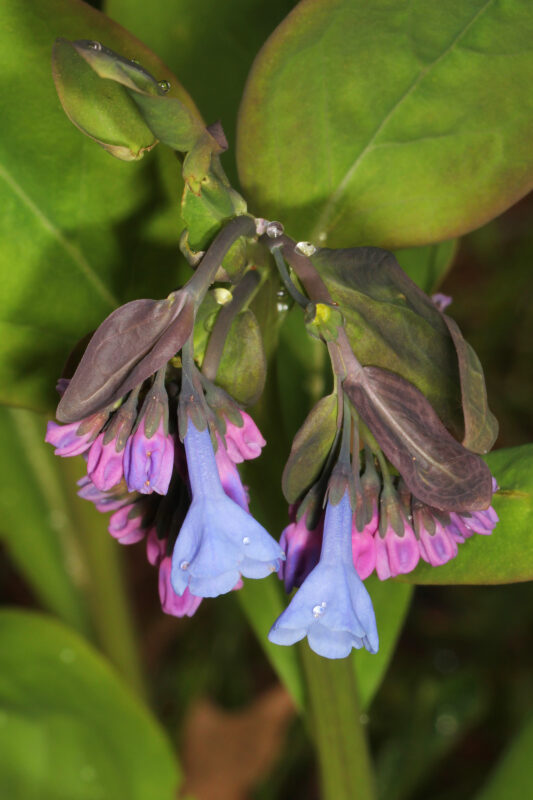
Virginia Bluebells are another classic choice for shade gardens across Michigan. Characterized by their beautiful clusters of blue, nodding flowers that appear in early spring, these perennial plants can carpet woodland areas in stunning hues. Their blooms herald the arrival of spring and often create a beautiful spectacle when combined with white Trillium.
These plants prefer moist, rich soil found in woodland settings and thrive in partial to full shade. With their ability to self-seed, Virginia Bluebells can establish robust colonies over time, creating an inviting nook in your garden for both you and local pollinators. Pair them with ferns or other spring-blooming plants for a serene, colorful space.
Bloodroot (Sanguinaria canadensis)
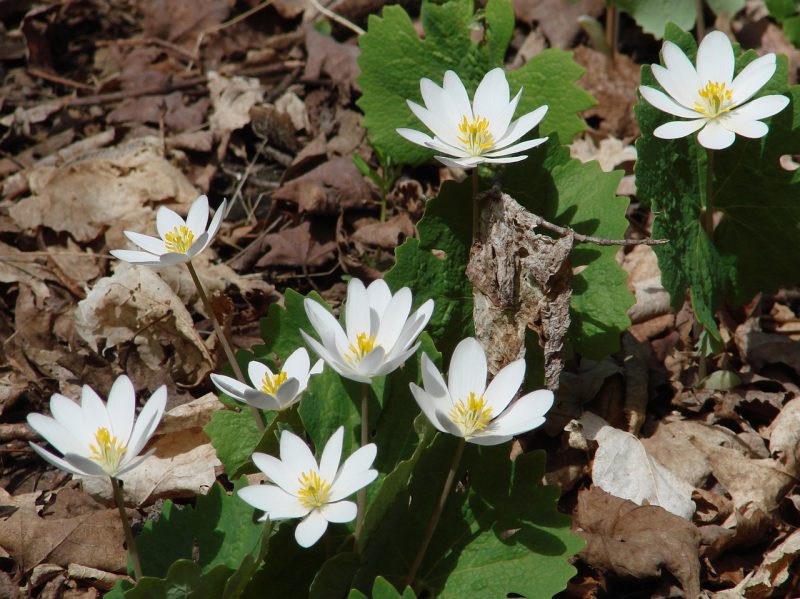
Named for its striking red sap, Bloodroot is a remarkable wildflower that thrives in shady conditions. This plant has white, delicate blooms that cover the landscape, popping up in early spring before the tree canopy fully develops. The flowers are short-lived yet breathtaking and offer significant charm for those fleeting moments.
Bloodroot prefers rich, moist, and well-drained soil, making it an excellent companion for other woodland plants. After the blooms fade, the beautiful lobed leaves unfurl, providing dense foliage until fall. Planting Bloodroot in a semi-naturalistic planting scheme will allow its bold flowers to shine against other green or subdued tones.
Dutchman’s Breeches (Dicentra cucullaria)
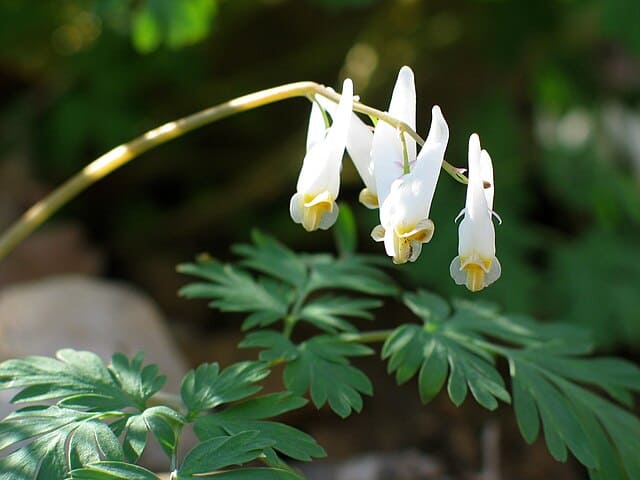
Arguably one of the most whimsical additions to a shade garden, the Dutchman’s Breeches is known for its unique, heart-shaped flowers that mimic pants. This delightful plant blooms in early spring, producing clusters of white or pale yellow flowers that appear to dangle like little trousers.
Dutchman’s Breeches thrive in rich, well-drained soils under the canopy of deciduous trees. They enjoy a cool, shaded environment, making them ideal for woodland gardens. Their charming look is not only appealing but draws attention from bees and other pollinators, contributing to the ecological balance of your garden.
Wild Ginger (Asarum canadense)
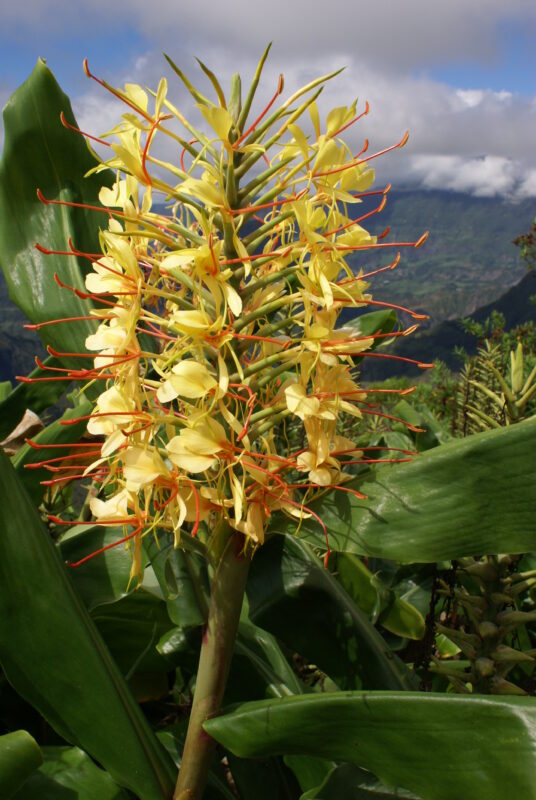
The Wild Ginger plant offers a unique ground cover option, showcasing large, heart-shaped leaves that create lush carpets of greenery under your shade trees. The inconspicuous brown flowers that bloom close to the ground are often overshadowed by the foliage but are a delight when discovered in person.
Wild Ginger prefers rich, moist soils and is tolerant of various light conditions, excelling in dense shade. As a low-maintenance, perennial ground cover, it makes an excellent choice for filling empty spaces and creating texture in the garden. Its rhizomatous growth habit allows it to spread and fill in gaps seamlessly.
Blue-stemmed Goldenrod (Solidago caesia)
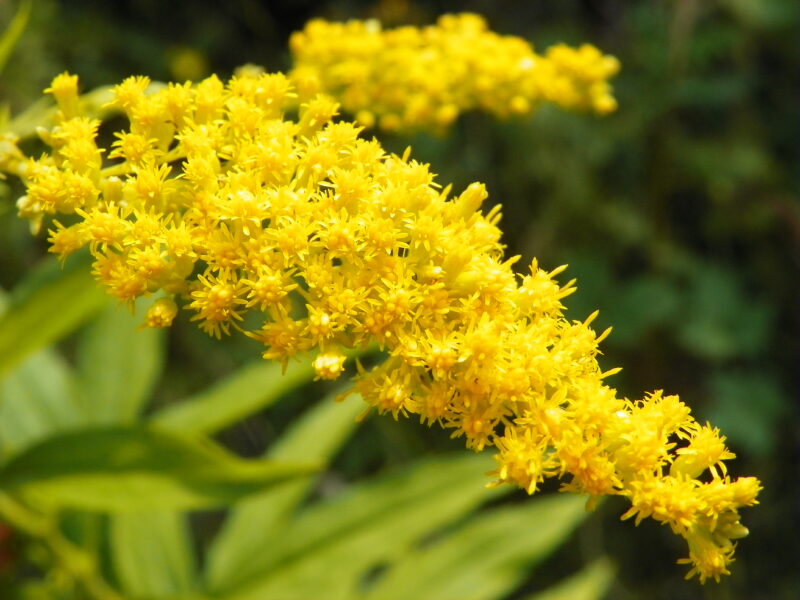
Blue-stemmed Goldenrod is a versatile native perennial that thrives in shade and provides a late-season bloom. With its attractive yellow flower clusters lining sturdy stems, it offers a lovely pop of color as your garden transitions from summer to fall. It’s an excellent plant for supporting pollinators, particularly during the late summer months.
This plant prefers well-drained, loamy soils and tolerates both moist and dry conditions. With its tall stature and graceful arching form, Blue-stemmed Goldenrod serves as a fantastic backdrop or filler plant in your shade garden. Utilize it in a mixed planting to add dynamic layers and interests to your shaded area.
Foamflower (Tiarella cordifolia)
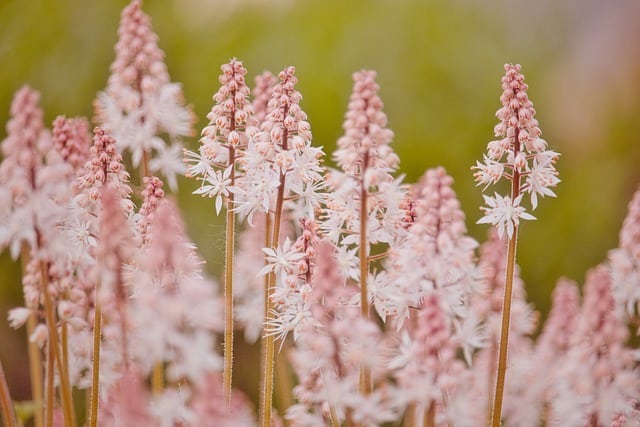
Foamflower is an enchanting addition to the shade garden, known for its airy, foamy clusters of white to pink flowers rising well above its fragrant foliage. The delicate flowers bloom in spring and are often a magnet for bees.
Foamflower thrives in rich, well-drained organic soil and prefers dappled shade. Its evergreen leaves provide year-round interest, and the plant can spread beautifully, making it an effective ground cover. It works well at the front of garden beds, providing soft textures that complement other shade-loving companions.
Wild Columbine (Aquilegia canadensis)

Another delightful native plant, the Wild Columbine, offers fantastic, nodding, tubular blossoms that come in stunning shades of red and yellow. This perennial plant flourishes in well-drained soil and adds a touch of whimsy to the shade garden.
Wild Columbine grows best in semi-shade, where its colorful blooms can attract hummingbirds and other pollinators. Its unique shape and vibrant colors provide delightful visual interest, especially when combined with the more subdued foliage of ferns and hostas.
American Spikenard (Aralia racemosa)
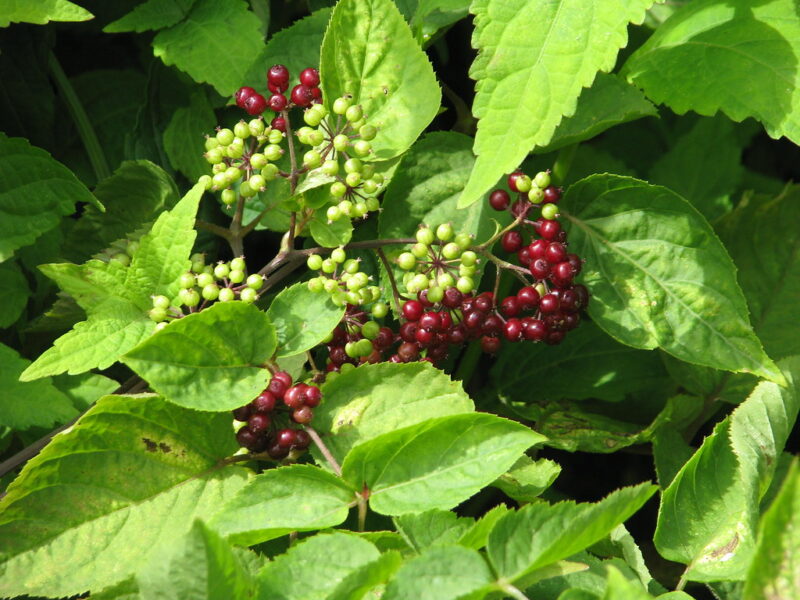
American Spikenard is a perennial herb that thrives in the sun and shade while adding a striking architectural quality to the garden. Known for its thick, umbrella-like clusters of fragrant white flowers and attractive fruits, this plant is not just visibly appealing; it also has a long history of use in traditional medicine.
Spikenard grows best in rich, well-drained soils with consistent moisture. As it can reach heights of 3-4 feet, it is an ideal candidate for the back of your shade garden. This plant also offers a unique texture that can diversify the overall look and contribute to the habitat of wildlife.
Bloodroot (Sanguinaria canadensis)

As covered earlier, Bloodroot deserves mention again due to its immediate seasonal impact. It’s one of the first perennials to bloom in Michigan, with delightful white flowers emerging even before the trees fully leaf out. This native wildflower not only enriches the garden visually but also enhances the habitat for early bees searching for nectar.
Bloodroot prefers moist, rich soils and works well when planted in clusters for a stunning early spring display. Its vibrant green foliage provides a lovely backdrop throughout the summer, until it disappears in the fall, allowing for a dynamic seasonal shift in your garden.
Solomon’s Seal (Polygonatum biflorum)
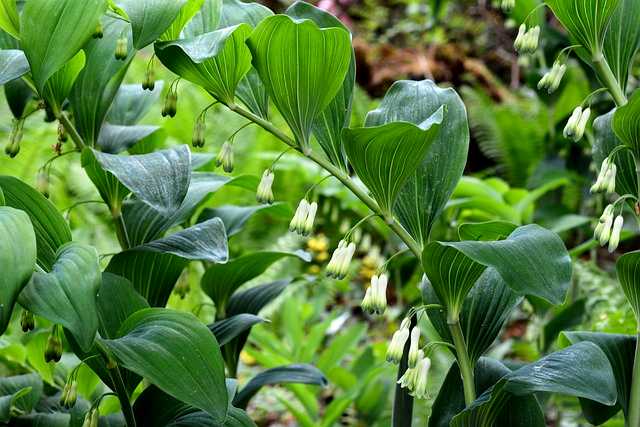
Solomon’s Seal is a perennial herb known for its elegant arching stems adorned with small, bell-shaped flowers that dangle delicately underneath the leaves. This shade-loving plant has a refined presence, making it an excellent choice for adding grace to shaded spots.
This plant thrives in well-drained and rich soils, and it’s best suited to dappled sunlight or partial shade. Solomon’s Seal adds structure to the garden while its foliage provides texture and interest even after the flowers fade. As a bonus, it’s also deer-resistant, giving you one less thing to worry about in your garden journey.
Jacob’s Ladder (Polemonium reptans)
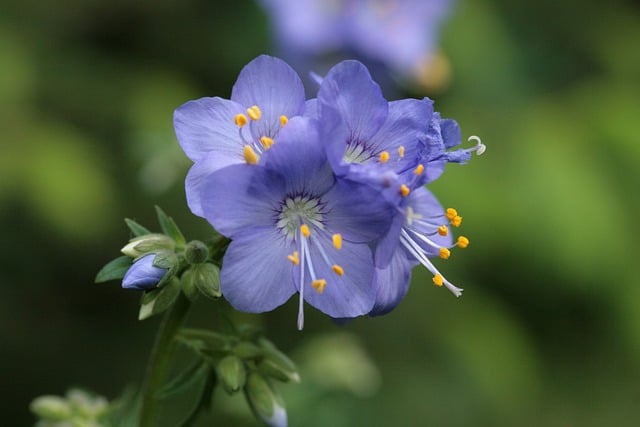
With dreamy clusters of bell-shaped flowers that bloom in shades of blue to violet, Jacob’s Ladder is a delightful choice for a shade garden. Its beautifully divided foliage adds textural interest to the landscape throughout the growing season.
This plant thrives in moist, well-drained soil and prefers partial shade. Jacob’s Ladder tolerates a variety of soil types, making it versatile for various garden settings. Its lush appearance and striking blooms invite wildlife, enhancing the garden’s ecosystem.
Sweet Joe-Pye Weed (Eutrochium purpureum)
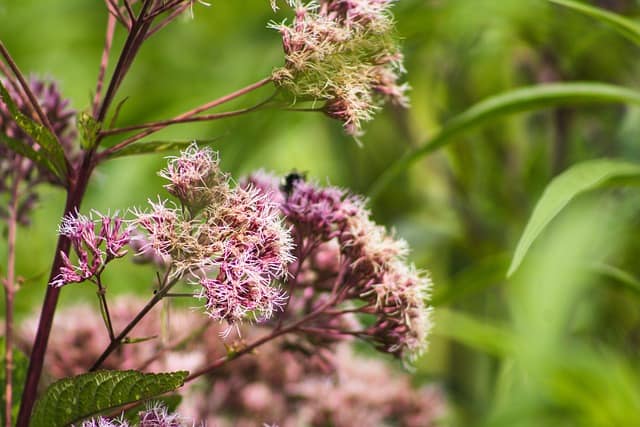
Finally, we have Sweet Joe-Pye Weed, a tall perennial that flourishes in moist, shaded areas and can grow up to 7 feet tall. Known for its rounded clusters of pinkish-purple flowers, this plant attracts butterflies and other pollinators, making it an essential addition for wildlife gardening.
Sweet Joe-Pye Weed does well in rich, moist soil conditions and thrives in partial sun or full shade. Its towering presence provides excellent background foliage and blooms, creating a stunning focal point in your garden. It’s perfect for transforming the corners of your shade garden and can serve as natural privacy screening from neighboring sights.



